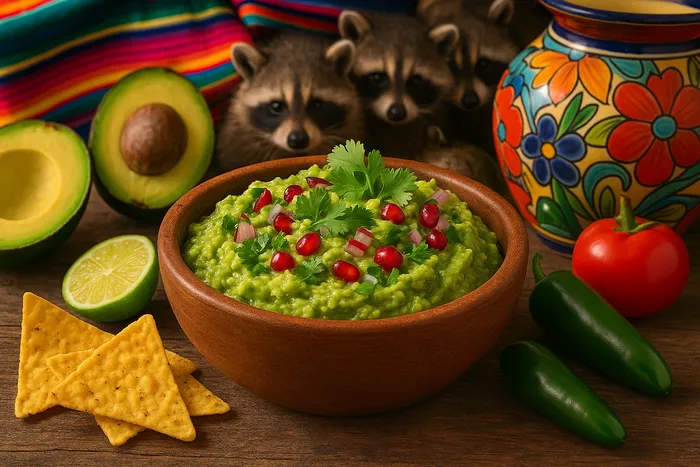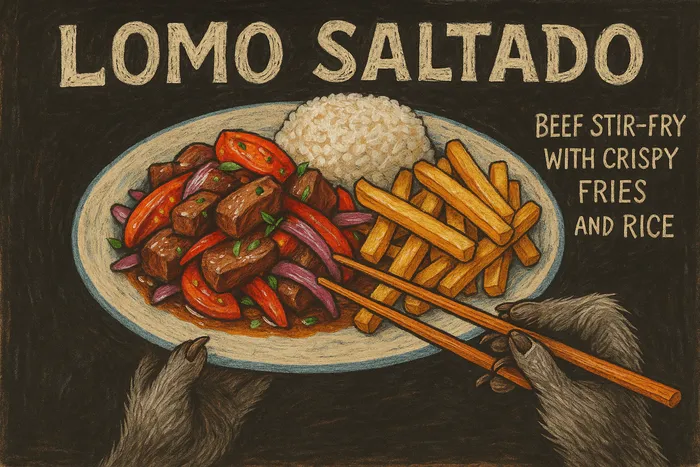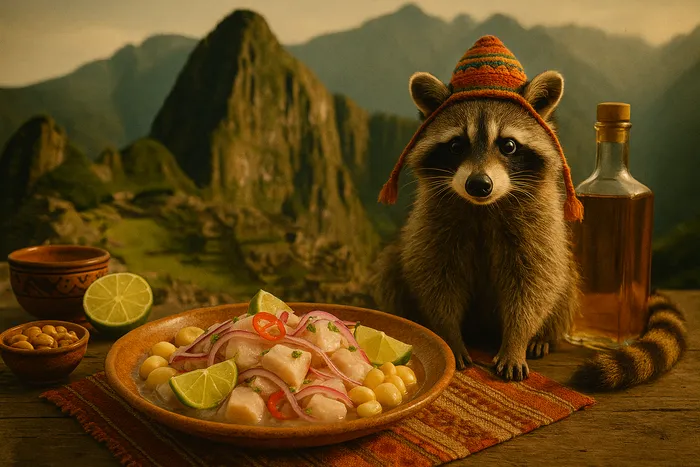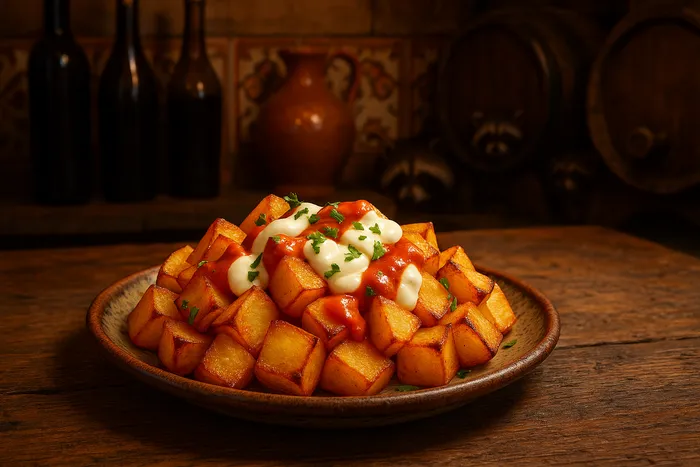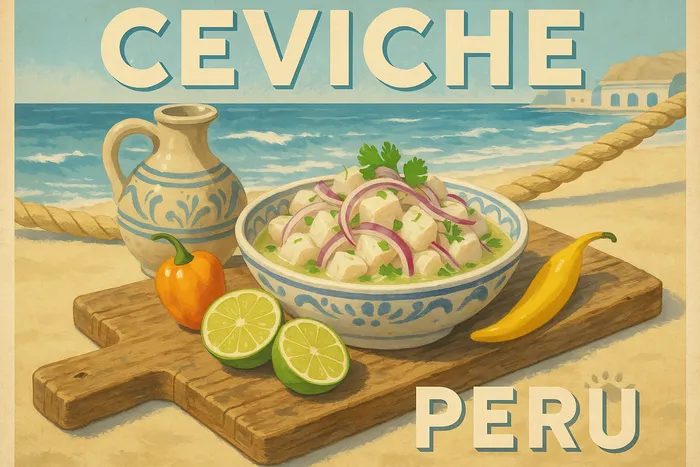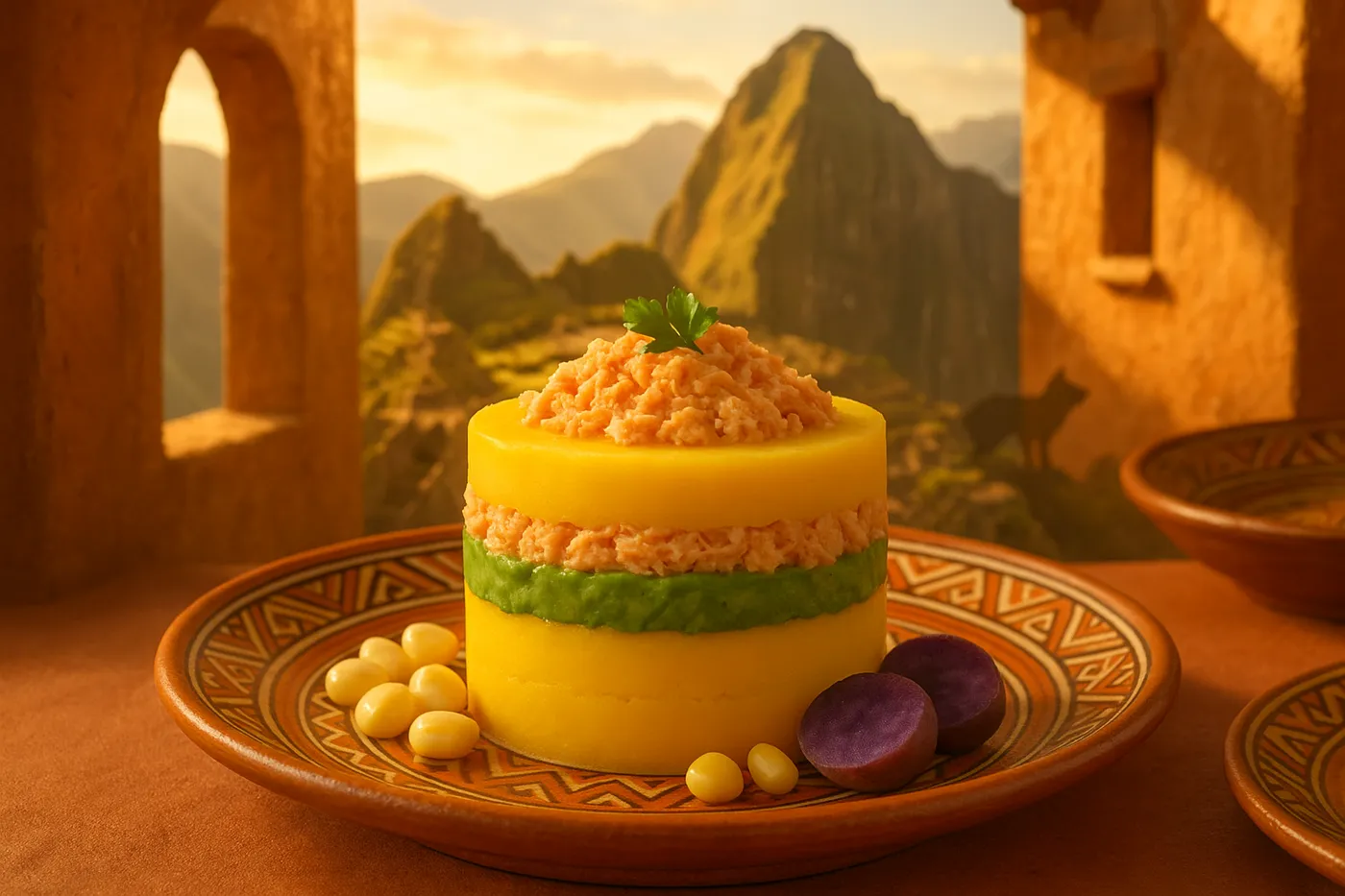
Smooth potato puree whipped with lime juice and ají amarillo, layered with avocado, tomato, and protein like an elegant terrine—that's causa. The technique transforms humble potatoes into something sophisticated enough for dinner parties yet comforting enough for family meals, proving potatoes deserve way more respect than we give them.
Causa is essentially Peru's answer to the layered salad, but infinitely more elegant. The base is papa amarilla, yellow potatoes whipped with lime juice and ají amarillo (yellow chili paste) until they're as smooth as silk. Between the layers, you'll find anything from tuna to chicken to avocado, each bite a little surprise. It's served cold, making it perfect for Lima's year-round spring weather – and our summer tables.
Ingredients
🥔 2 lbs yellow potatoes (Yukon Gold work well)
🌶️ 2-3 tablespoons ají amarillo paste (or 1 yellow bell pepper + 1 jalapeño)
🍋 Juice of 4-5 limes
🥄 3 tablespoons vegetable oil
🧂 Salt to taste
🥑 2 ripe avocados, sliced
🍅 2 large tomatoes, sliced
🐟 1 can (5 oz) good-quality tuna in olive oil, drained
🥚 3 hard-boiled eggs, sliced
🌿 Fresh cilantro for garnish
🌽 Corn kernels for garnish (optional)
🫒 Black olives for garnish (optional)
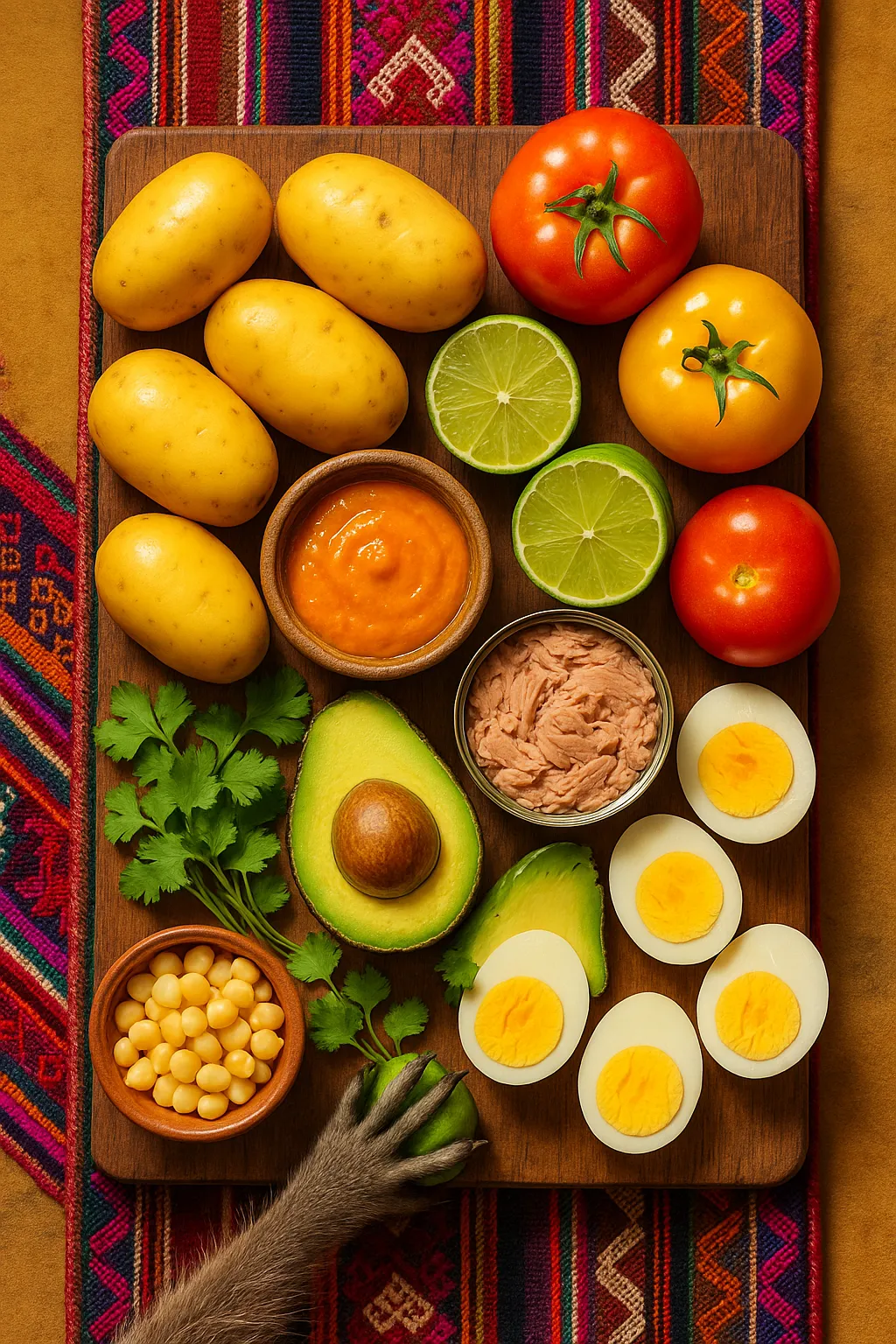
Instructions
Prepare the potato base: Boil the potatoes with their skins on until fork-tender, about 20-25 minutes. Drain and let cool just enough to handle, then peel while still warm. Pass through a ricer or food mill – don't use a regular masher, you want this silky smooth.
Make the causa mixture: While the potatoes are still warm, mix in the ají amarillo paste, lime juice, and oil. Season generously with salt. The mixture should be creamy, bright yellow, and taste like sunshine with a gentle kick. Taste and adjust lime and salt – this is your foundation, so get it right.
Prepare your fillings: Slice the avocados and tomatoes. Flake the tuna with a fork. Slice the hard-boiled eggs. Have everything ready because assembly moves quickly.
Layer like you mean it: In a glass dish or individual ramekins, spread half the potato mixture as your base. Add your filling layers – I like tuna, then avocado, then tomato, then egg. Top with the remaining potato mixture, smoothing it with a spatula.
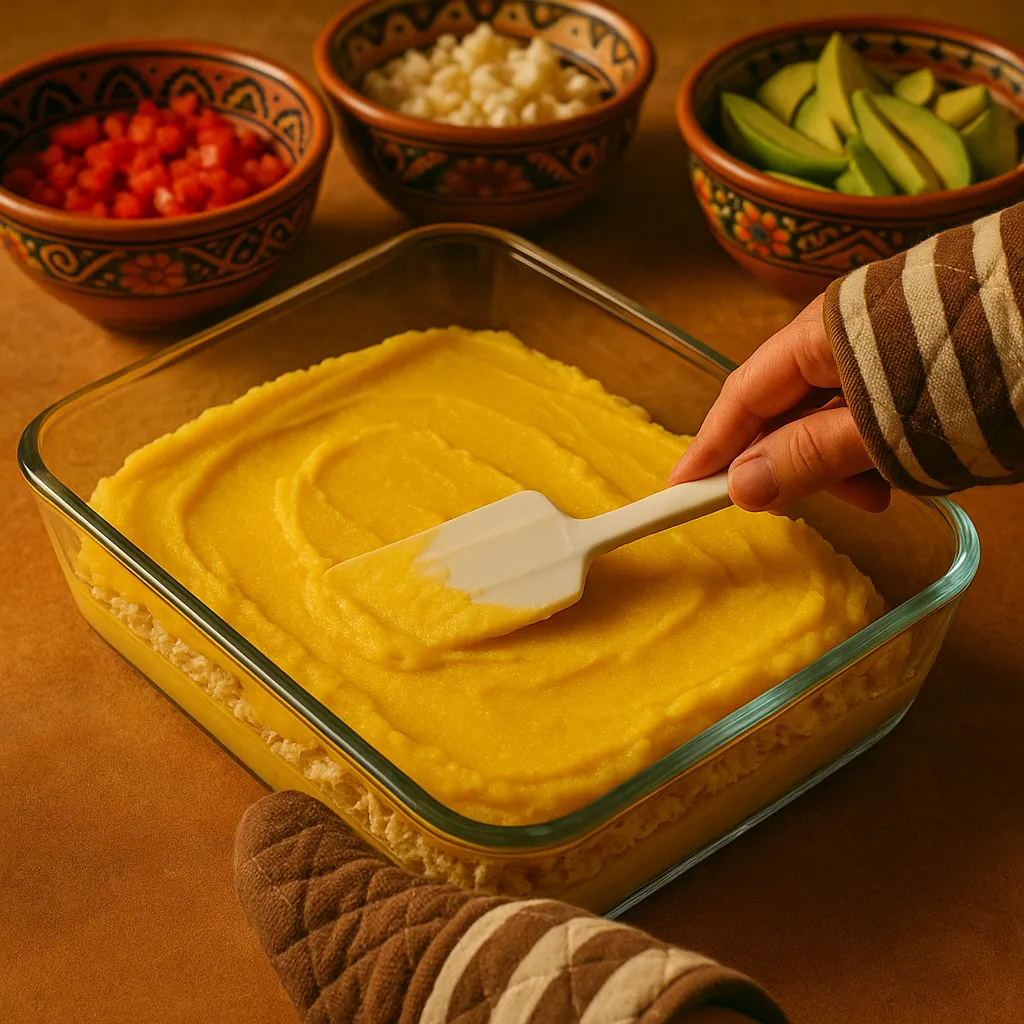
Chill and set: Refrigerate for at least 2 hours. This isn't optional – causa needs time to set and for the flavors to meld.
Garnish and serve: Before serving, garnish with cilantro, corn kernels, and olives if using. Cut into squares like a layered cake, making sure each serving shows off those beautiful layers.
Causa Assembly Process
Key Points:
- Potatoes must be riced while warm for smooth texture
- Lime and ají balance is crucial - taste as you go
- Each layer needs to be even for clean slices
- 2-hour chill is mandatory for proper setting
Serving Notes
Causa is traditionally served as a starter or side dish, but it's substantial enough to be lunch on its own. The beauty is in the clean slices that show off the layers – use a sharp knife and wipe it clean between cuts.
You can make this a day ahead, which actually improves it. The flavors marry and the layers set better overnight. Just add the garnishes right before serving.
Variations Worth Trying
Causa de Pollo: Use shredded chicken mixed with a little mayo and finely diced celery instead of tuna.
Causa de Cangrejo: Crab meat with a touch of lime zest – absolutely luxurious.
Vegetarian causa: Skip the protein and load up on avocado, tomato, and perhaps some roasted red peppers.
The potato base is your canvas. In Peru, you'll find causa stuffed with everything from octopus to chicken salad. The key is keeping the potato mixture bright and creamy, and the fillings fresh and well-seasoned.
Flavor Balance & Texture Timeline
timeline
title Causa Development Journey
"0:00" : Potato Base : Sharp ají kick : Bright lime acidity
"0:30" : Add Protein : Savory tuna richness : Salt balance emerging
"1:00" : Layer Vegetables : Cool avocado creaminess : Fresh tomato brightness
"2:00" : Assembly Complete : All flavors present : Textures distinct
"4:00" : Properly Chilled : Flavors melded : Textures set perfectly
"24:00" : Next Day Peak : Complex harmony : Creamy-tangy balance
Texture & Temperature Notes:
- Hour 0-2: Individual components distinct, flavors bright but separate
- Hour 2-4: Chilling allows flavors to begin marrying without losing definition
- Hour 4-8: Optimal serving window - flavors balanced, textures perfect
- Day 2: Even better as lime mellows and umami deepens
What I love most about causa is how it transforms the humble potato into something that feels special enough for a dinner party, yet comforting enough for a family meal. It's proof that the best dishes often come from making the most of what you have – in Peru's case, incredible potatoes and a genius for layering flavors.
For more about Peru's incredible culinary landscape, check out my Peru travel notes.





